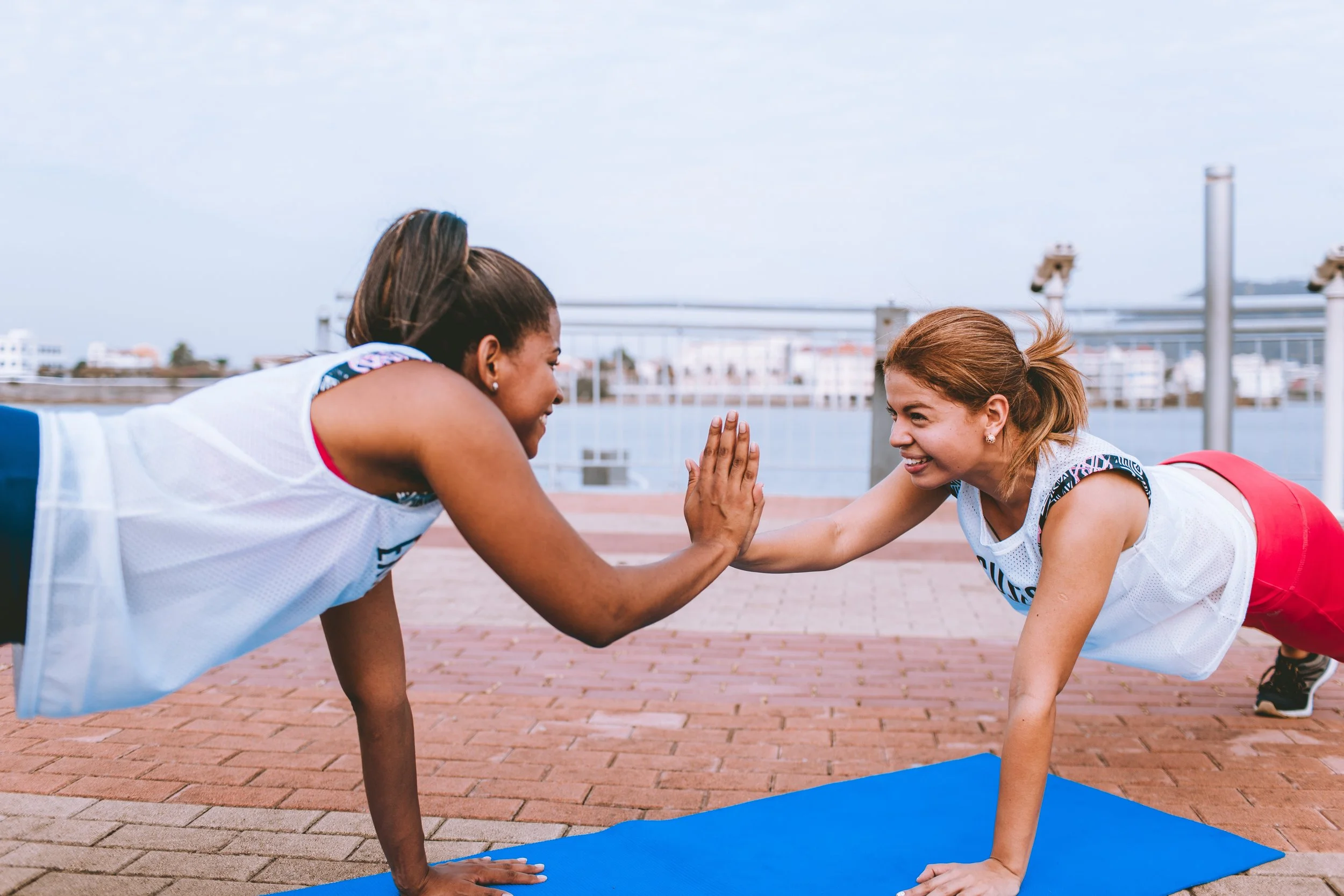Solo Vs Group Workout Sessions: Which Is Better?
Whether just starting out on your fitness journey or trying to find a new routine, you’ll be faced with a difficult choice: go it alone or join a group? It can be a daunting decision, we get it! But fear not, because we’ve laid out the pros and cons of different session styles to help you decide which is best for you.
Solo Workouts
Are you an introvert? Perhaps you just like to be a little more reflective during your workout. Or, maybe you just want to do things according to your schedule and not have to wait around for a group! Whatever the reason, there are plenty of ways to make the most of a solo workout session.
Solo workouts start long before the actual session, since a big part of it is planning what you’re going to do. This helps to keep you on track for your general fitness goals as well as during the specific session. This is a great way to focus on your needs but often takes far longer than you think it will — you have been warned!
Via Unsplash: Want some time to yourself? Maybe try a solo workout routine.
Without a group leader to tell you, it can be tempting to skip the warm-up (and cool-down for that matter). Don’t! It’s a surefire path to injury and, at the end of the day, it really won’t save you time and energy. Furthermore, without a class leader or a buddy it can be tempting to skip some of the harder moves that you’ve set yourself. Sure, all those pushups seemed like a great idea when you were writing out your schedule, but 30 minutes into your session they can seem a little daunting — don’t let that stop you! Just because there is no one watching, doesn’t mean you should skip out on your goals.
Finally, some types of workouts are hard to do in a group session, such as swimming, so doing these on your own makes total sense.
Pros of a Solo Workout
It’s on your schedule, not anyone else's. You can workout when, where and how you like without having to change your calendar to match other people.
You can focus on what you need, whether general areas of weakness, specific muscle groups or a future goal.
Cons of a Solo Workout
There is nobody to push you harder (unless you get a personal trainer, of course).
You can’t learn new techniques or be corrected on bad form by any peers or group leaders.
It’s very easy to lose motivation and put off a workout session when it’s just you.
You have to plan your entire session, which can often take longer than the workout itself.
Via Unsplash: Group workouts can mean making friends while you get fit!
Group Workouts
Group sessions have no doubt become the norm in the past few years, and with very good reason — they can push you harder and further than when you’re alone and provide phenomenal support networks.
Will a group workout be less targeted on your specific needs than a solo session? Absolutely, but to be perfectly honest, unless you’re a sports professional or are training for a very intense goal, a general workout at the right level is going to be a better bet.
While it may seem daunting to join a group, you’re guaranteed to be with people in exactly the same boat, so there’s really nothing to worry about. Furthermore, with the number of group classes that are organised (often more than one a day, every day) you are bound to find a session that fits your schedule. Another bonus with group classes is that you don’t need to commit in order to try them out, since there are often free trials offered to get you started.
Pros of a Group Workout
They are lead by a professional who is able to give you, uh, professional advice!
You are guaranteed a massive motivation boost by those around you.
Doing group workout sessions helps build a community, as is often the case when doing something difficult with other people.
It allows you to meet people with the same interests and goals who you can go on other adventures with — climbing partners, mountain-bike buddies or surf companions can be hard to come by.
No thinking necessary! No more than necessary, anyway, since all you have to do is follow the instructions and feedback of the instructor.
Cons of a Group Workout
Using others in a group as a benchmark for fitness can be misleading, since everyone has their own rhythm and fitness path.
You have to find a group class that fits with your schedule.
Larger groups can mean less targeted exercises.
Via Unsplash: Group workout sessions can build awesome communities and support. So Which is Better?
For the vast majority of people, a group class is probably going to suit them as it provides the structure, professional input and support that is so helpful when sticking to a fitness routine. Of course, there is absolutely a time and place for a solo workout, and also no reason why you can’t do both! It’s also worth remembering that you can try both — test yourself with a solo workout routine for a couple of weeks then join a group class with your free 14-day trial and see which you prefer.
Despite group workouts offering several benefits over solo routines, some people may still be more comfortable going it alone — especially if they need to work around an odd schedule. A great compromise is to hire a personal instructor as this can offer the benefits of professional coaching, another person to push (and maybe pressure) you and contact with the fitness community. A personal trainer is also a great option if you are pushing for very specific goals.



